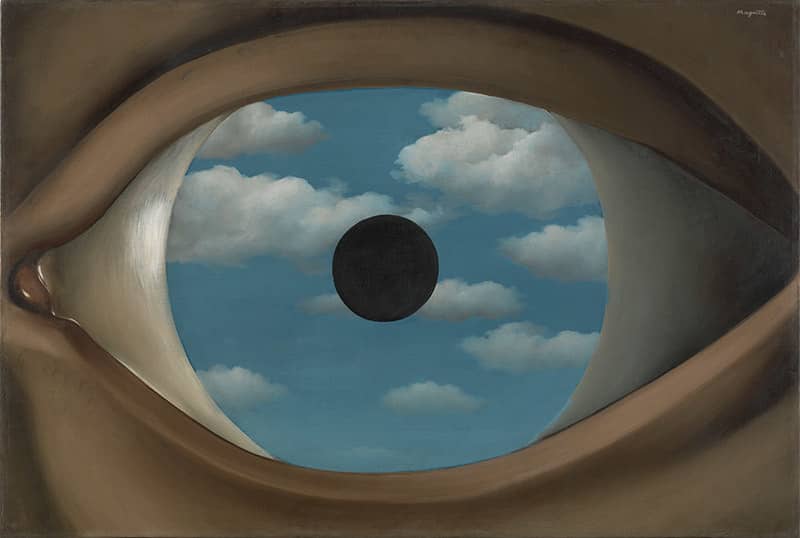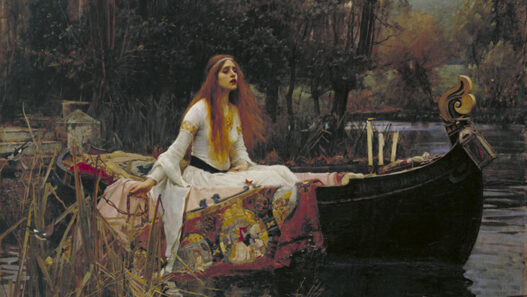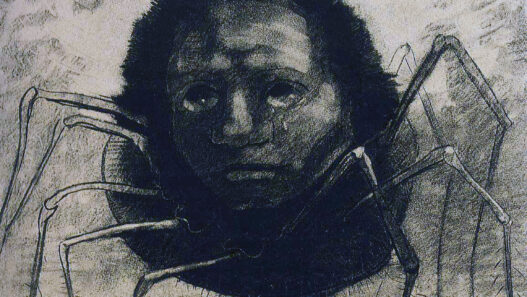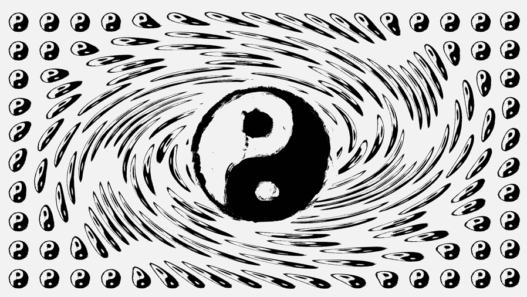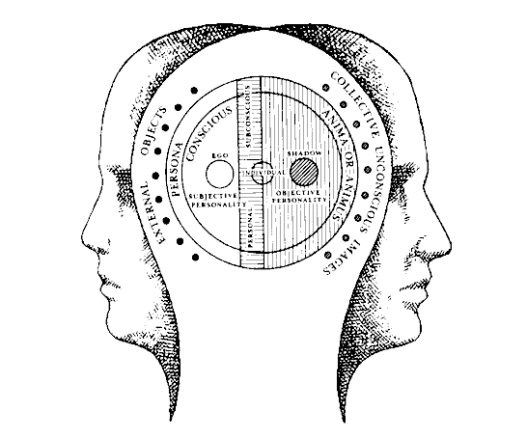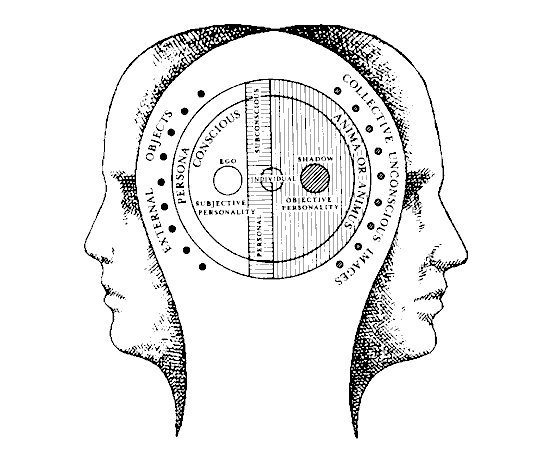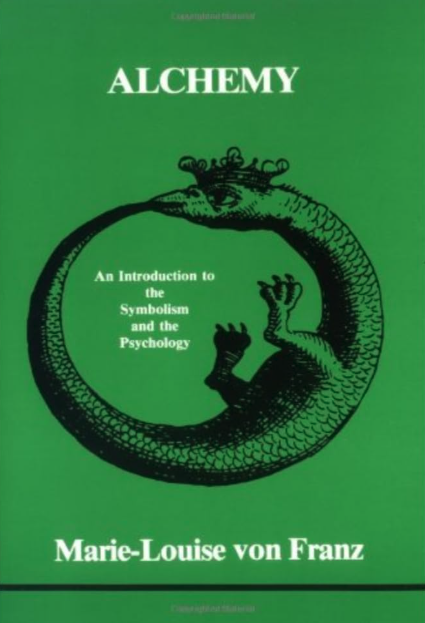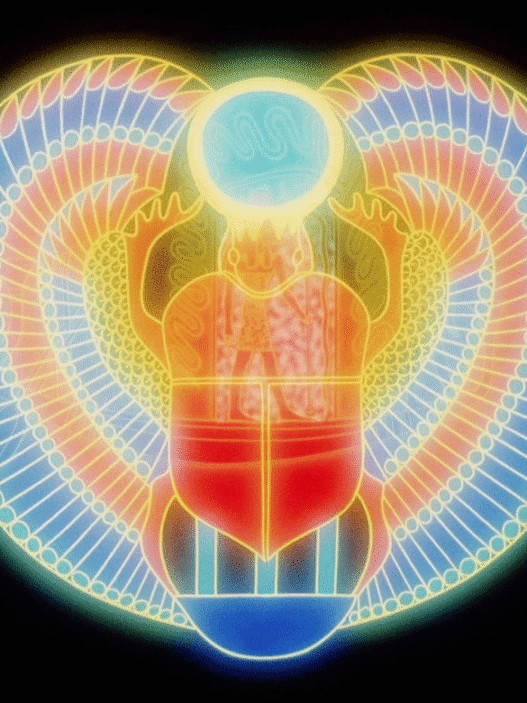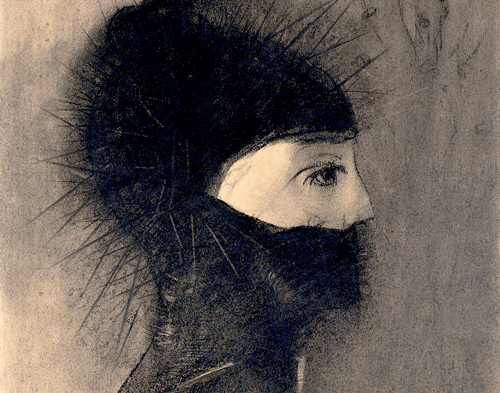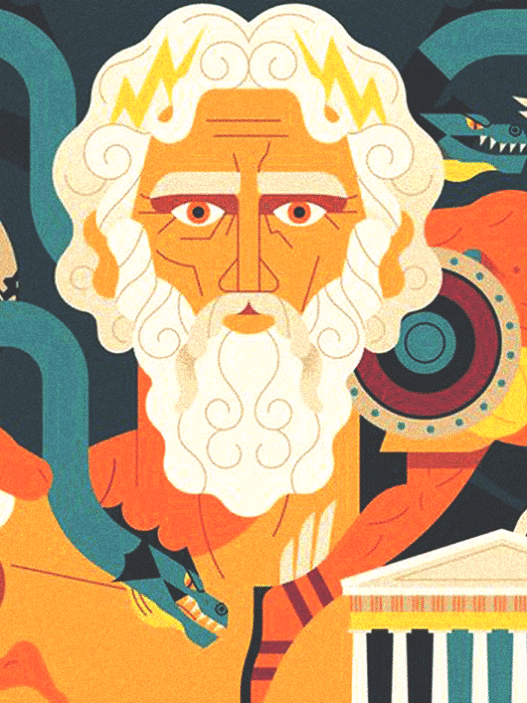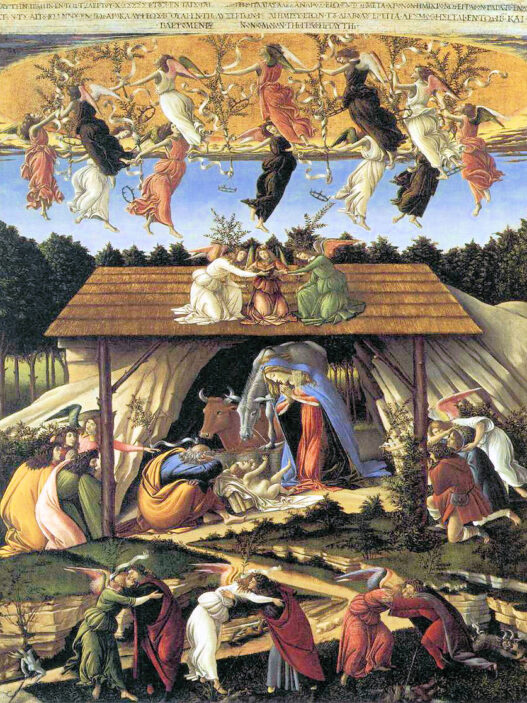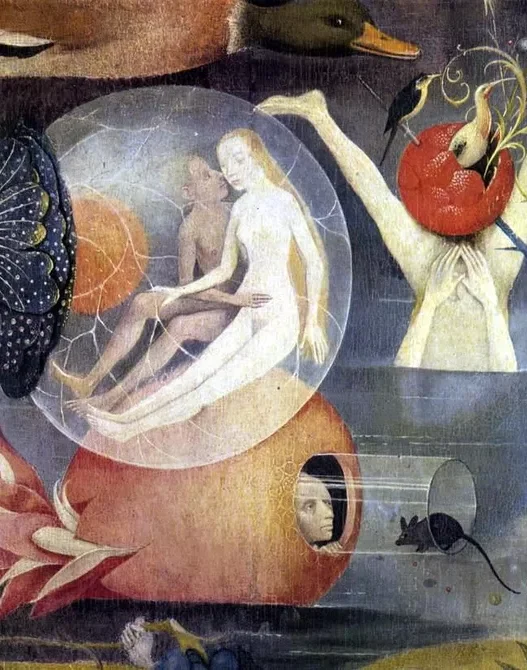Alchemy is often dismissed as the mystical pursuit of turning lead into gold. Yet, in Alchemy: An Introduction to the Symbolism and the Psychology (Studies in Jungian Psychology, Vol. 5), it becomes clear that alchemy is far more than a proto-chemistry.
The Alchemical Process as a Mirror of the Mind
Carl Jung, whose work underpins this book, viewed alchemical imagery as a symbolic map of psychological processes.
The stages of alchemy:
- Nigredo (blackening)
- Albedo (whitening)
- Citrinitas (yellowing)
- Rubedo (reddening)
Each stage represents a confrontation with unconscious material, purification of the self, and eventual integration of disparate aspects of the psyche. By studying alchemical texts and symbols, we learn how the alchemists encoded deep psychological truths within their mystical operations.
The philosopher’s stone, for example, becomes more than a legendary object, it symbolises the attainment of wholeness, the union of conscious and unconscious elements.
Symbols as Guides to Inner Growth
The book reveals that symbols are not arbitrary; they are the psyche’s language. Dreams, visions, myths, and even artistic creations frequently draw on the same symbolic motifs found in alchemical literature.
Recognising these patterns helps us decode our inner struggles and desires. When we encounter a dragon, a labyrinth, or a mysterious elixir in our dreams, we are engaging with symbolic representations of fear, challenge, and transformation.
Jung emphasised that engaging with these symbols consciously allows for individuation, the process of becoming our truest, most integrated selves.
Alchemy, in this sense, is a spiritual psychology: it offers tools to explore and harmonise the shadow, the unconscious, and the self.
Further Reading:
Alchemy Introduction Video
Why Alchemy Still Matters Today
Modern readers and creatives can draw enormous value from this perspective. Alchemical symbolism informs literature, visual arts, and even cinema, offering timeless insights into human growth. By understanding the psychological layers behind these symbols, we gain a richer appreciation of both our inner world and the art we encounter.
Whether you are a psychologist, artist, or seeker of self-knowledge, Alchemy: An Introduction to the Symbolism and the Psychology illuminates the transformative power of symbols. It reminds us that true gold is not found in matter, but in the evolution of consciousness itself.
Beyond Books: Learning About Symbolism in Art
While books are invaluable, you can also explore symbolism through:
Museum catalogues that include iconographic notes.
Online archives such as the Warburg Institute Iconographic Database.
Blogs (like Art with Symbols) that connect historical meaning with contemporary interpretation.
